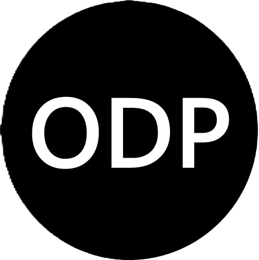Welcome Developer!
Welcome! If you're a firmware engineer new to the Open Device Partnership, this is the right place to begin.
If you're also new to the world of Embedded Controllers and the software that drives them, don't worry — you're still in the right place.
If you are a previous UEFI developer, you may find some of the concepts familiar, but ODP introduces new patterns and practices that will help you build more secure and modular firmware components. ODP introduces Patina, a Rust-based framework that provides a modern approach to firmware development, focusing on safety, modularity, and reusability. Patina honors the legacy and traditions of UEFI while introducing new paradigms that make firmware development more efficient and secure. For more specific information about Patina, you can refer to the Patina Track or the Patina Concepts section.
 | The Open Device Partnership introduces concepts that are game-changing when it comes to enabling reuse and interchangeability of Embedded Controller components—especially those found in modern laptops. Just as importantly, it brings a revolutionary focus on security and code safety from the ground up. |

To support this, ODP is designed to use Rust as the implementation language.
If you're coming from a C or assembly background, you may feel some initial resistance to learning a new language and unfamiliar patterns. That’s understandable.
But let’s face it: while it's certainly possible to write memory-safe and secure code in C, it's also very easy to make mistakes. With Rust, you'd have to work pretty hard to write unsafe code that even compiles.
As new standards—and potentially even government regulations—begin to push for memory-safe languages in critical systems, the Open Device Partnership aims to be ahead of the curve by bringing that future into the present.
Let's start by familiarizing ourselves with Rust (if you are not already), then we will get a high-level understanding of ODP Concepts in the Concepts section, which explains how the various pieces fit together.
Once you've familiarized yourself with the fundamentals of Rust and the concepts and scope of ODP, you are ready to explore the ODP tracks and the repositories that support each track or to dive deep into practical examples in building your own firmware components that you can later use to build your own laptop.
From here:
- Continue onto the next page to learn the concepts and basic building blocks of ODP
- Go directly to the Embedded Controller track to learn how to build firmware components for the EC
- Explore the other ODP Tracks to find a path that suits your interests and expertise